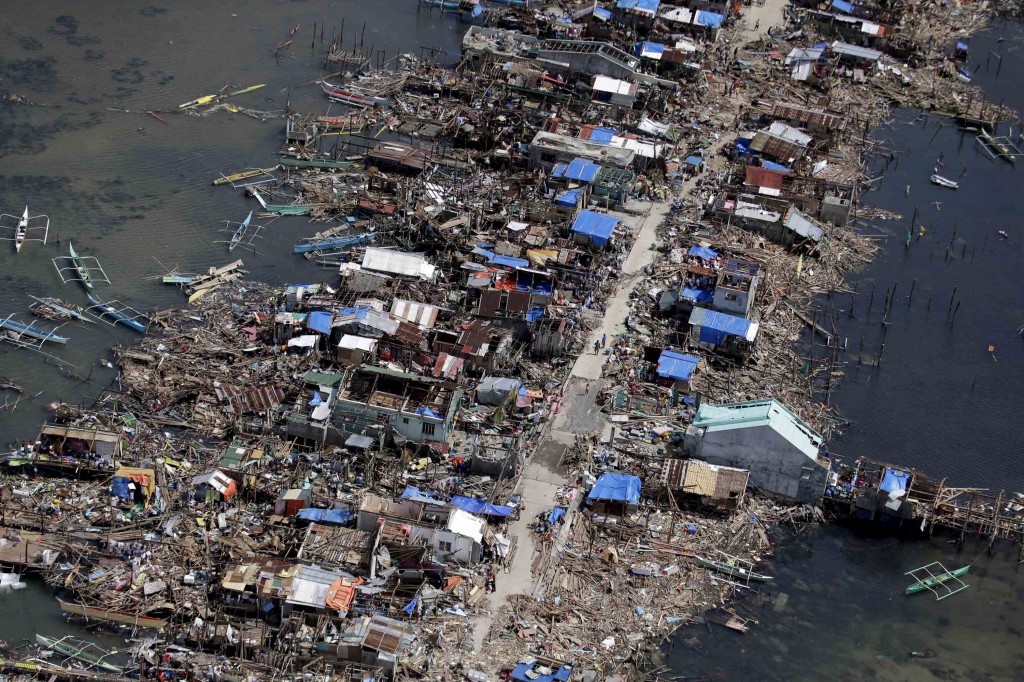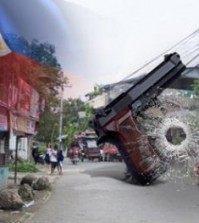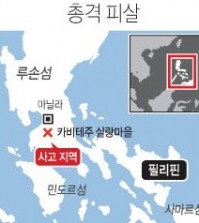- California Assembly OKs highest minimum wage in nation
- S. Korea unveils first graphic cigarette warnings
- US joins with South Korea, Japan in bid to deter North Korea
- LPGA golfer Chun In-gee finally back in action
- S. Korea won’t be top seed in final World Cup qualification round
- US men’s soccer misses 2nd straight Olympics
- US back on track in qualifying with 4-0 win over Guatemala
- High-intensity workout injuries spawn cottage industry
- CDC expands range of Zika mosquitoes into parts of Northeast
- Who knew? ‘The Walking Dead’ is helping families connect
19 Koreans missing in Philippines
Typhoon death toll rises as rescuers reach remote areas

An aerial image taken from a Philippine Air Force helicopter shows the devastation of the first landfall by typhoon Haiyan in Guiuan, Eastern Samar province, central Philippines on Monday, Nov. 11, 2013. Authorities said at least 2 million people in 41 provinces had been affected by Friday’s typhoon Haiyan and at least 23,000 houses had been damaged or destroyed. (AP Photo / Bullit Marquez)
19 South Koreans are missing in the central Philippines after a super typhoon hit the region the hardest late last week, the South Korean Foreign Ministry said Monday.
Typhoon Haiyan struck Tacloban province Friday, reportedly killing more than 10,000 people.
Ministry officials said they have confirmed the safety of 13 South Koreans out of 40 South Korean residents there reported unaccounted for. Eight people were found to have been reported twice, they said.
Previous reports said that a South Korean missionary, surnamed Kim, and his family were among those who had gone missing following the typhoon.
About 500 South Korean tourists in the southern resort island of Boracay returned to Seoul aboard a special flight earlier in the day. Roughly the same number of South Korean tourists, who had been stuck on the island due to flight cancellations, are scheduled to get back home on a special flight Tuesday, another official said.
As part of efforts to investigate damage and extend assistance to the Philippines, the foreign ministry held an emergency meeting on Monday. The ministry set up a four-man emergency response team in Cebu to support relief activities there, and plans to announce relief assistance to the Philippines on Tuesday .
The South Korean Embassy in the Philippines is trying to dispatch two officials to the hardest-hit area of Tacloban but has been facing difficulties due to major disruptions in transportation.














